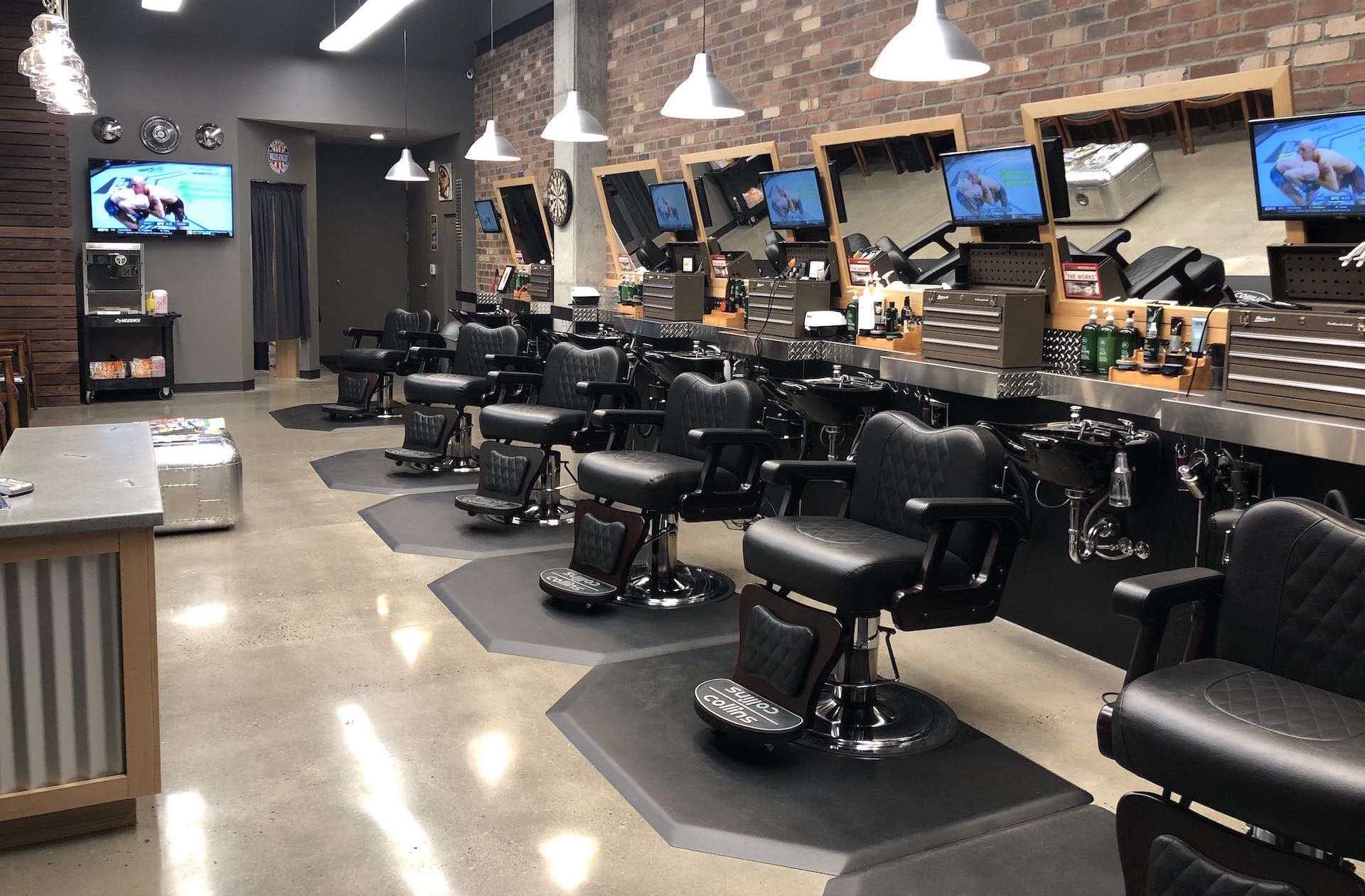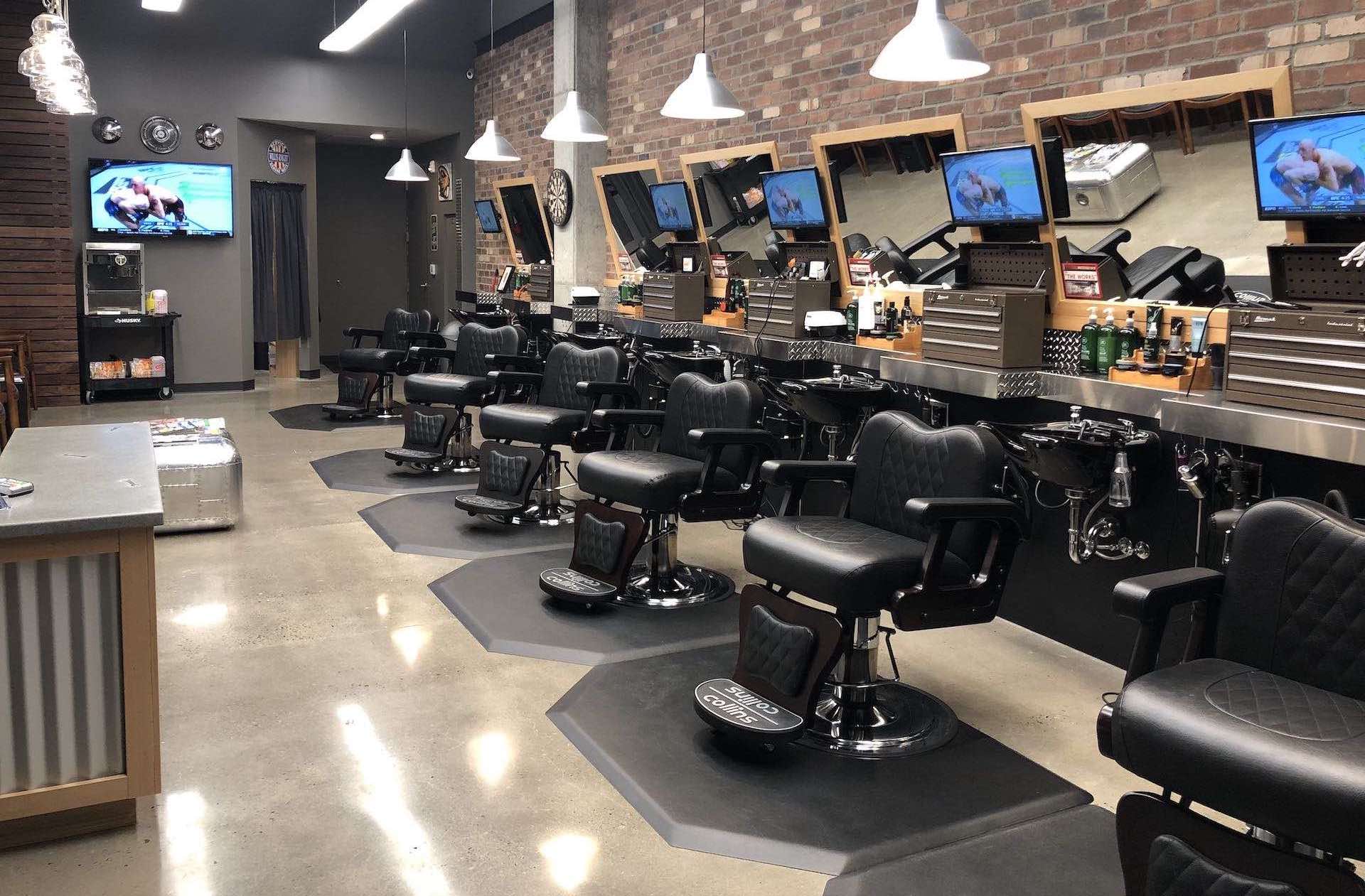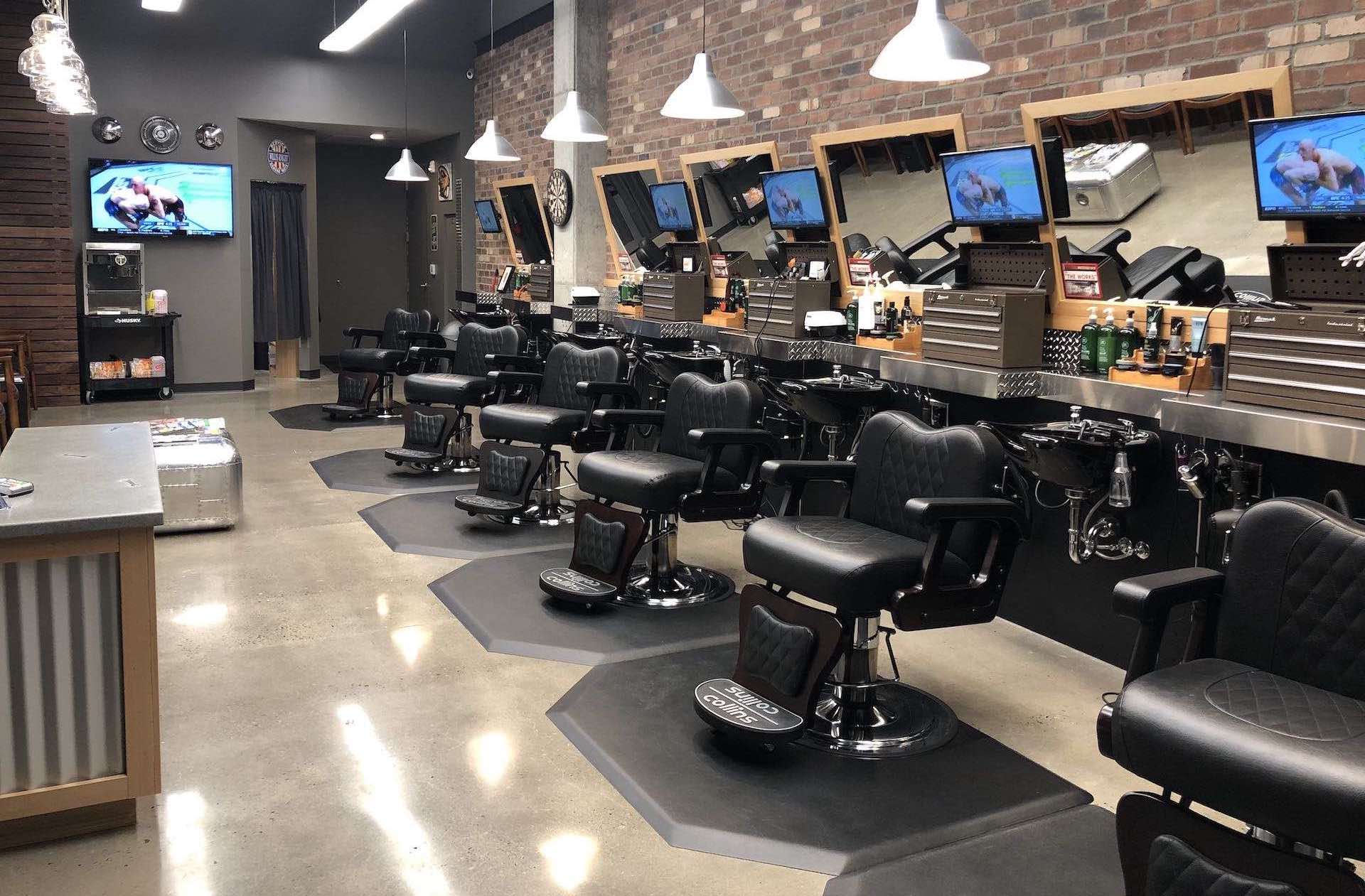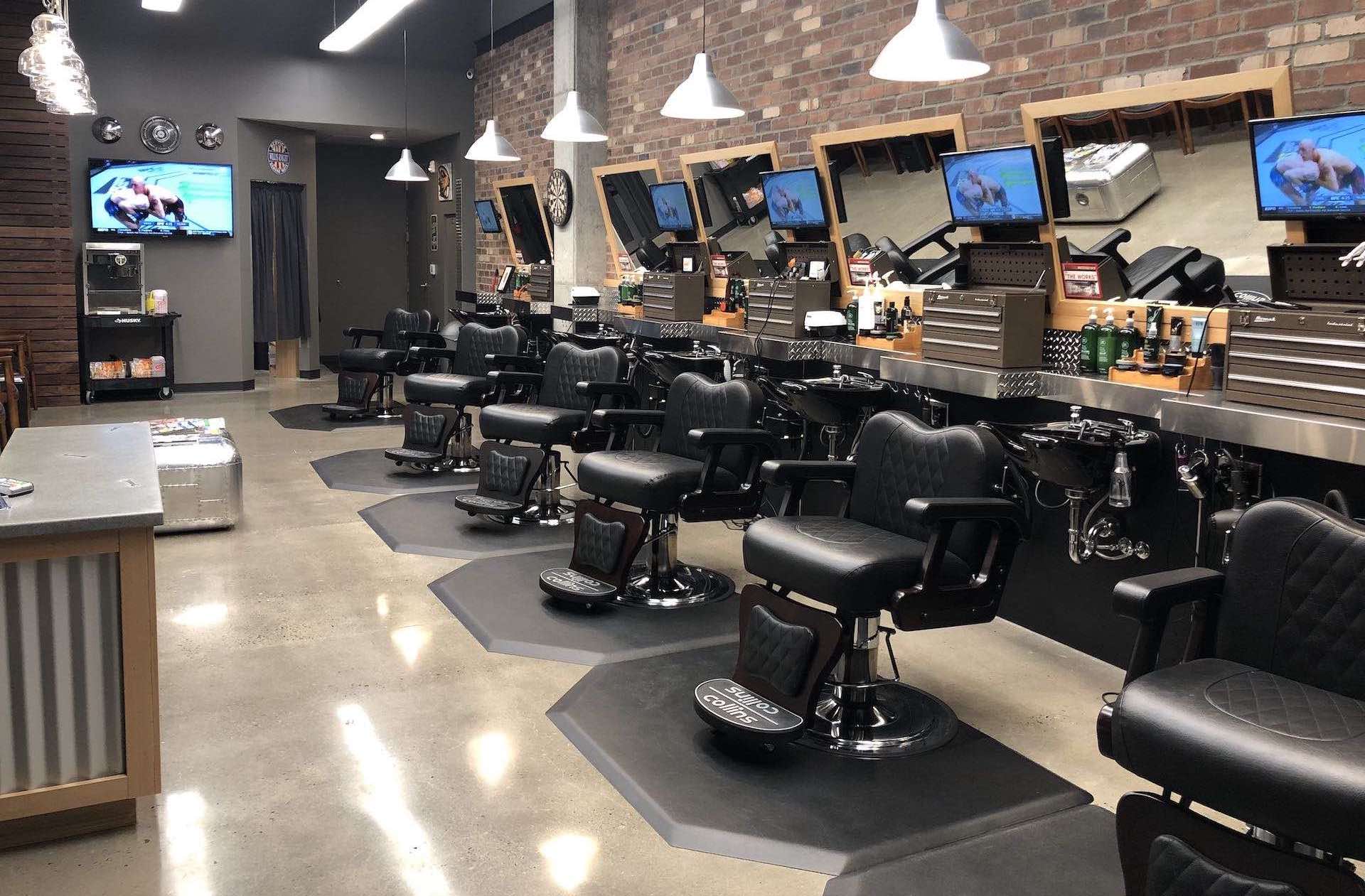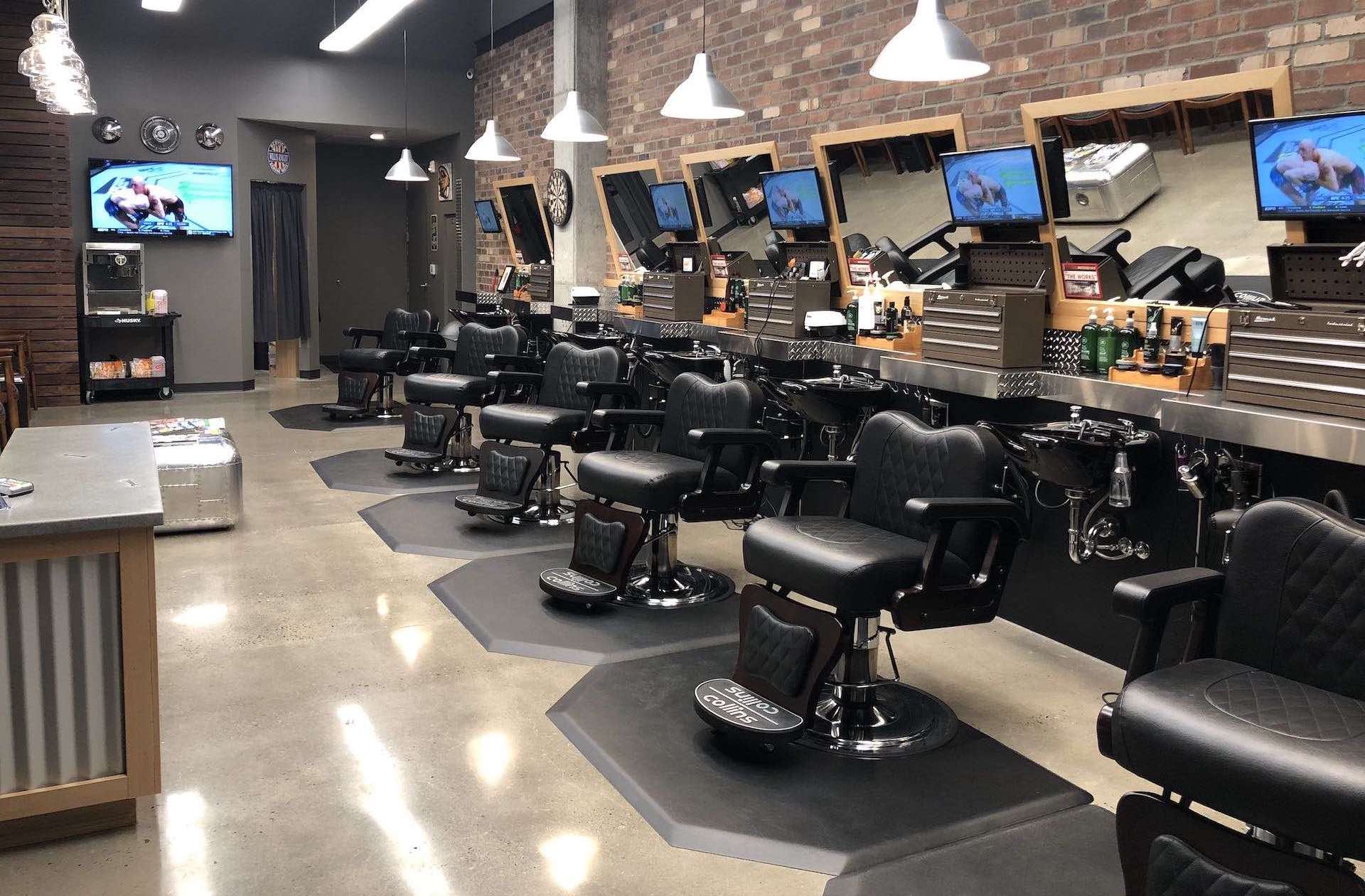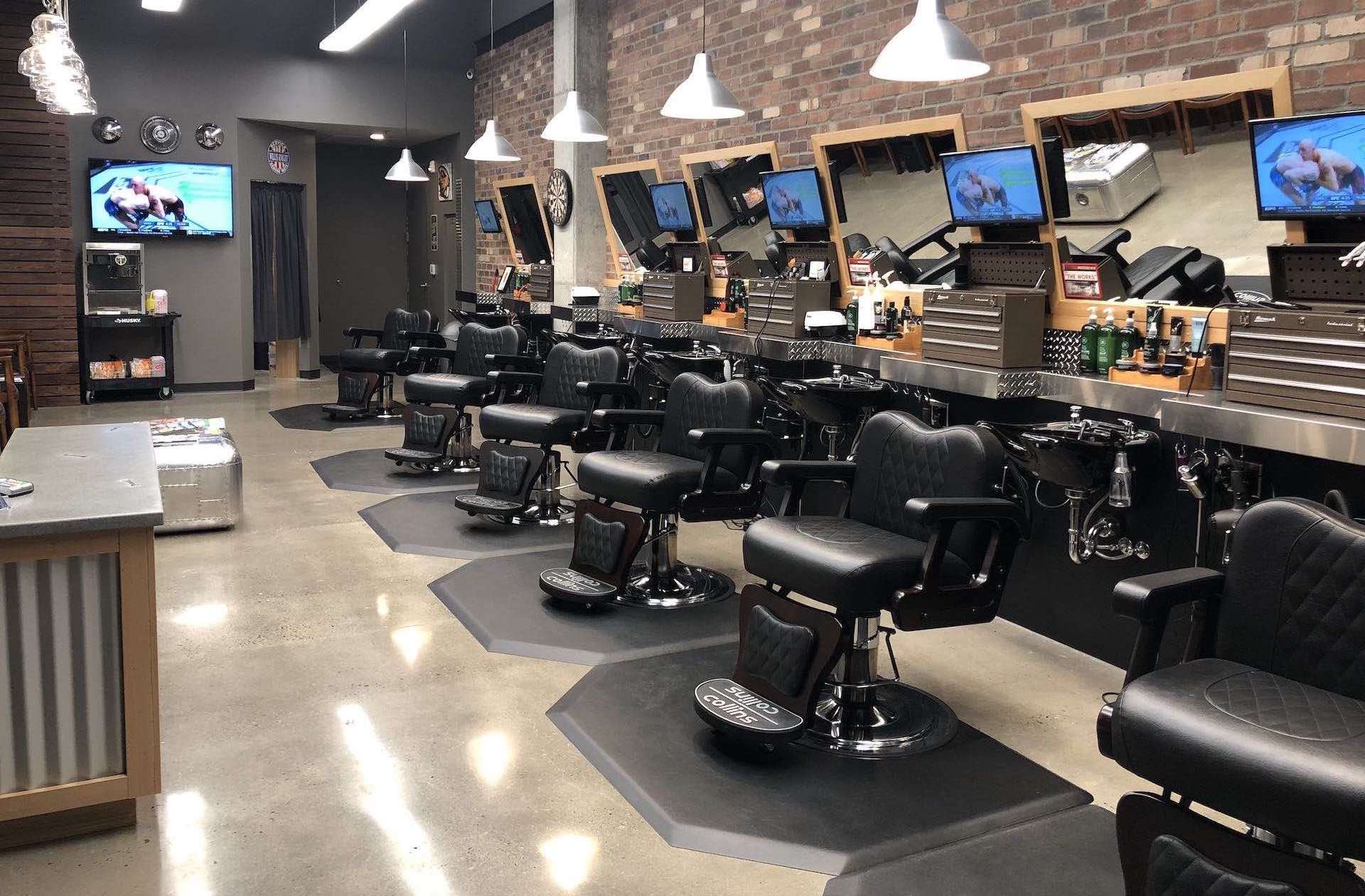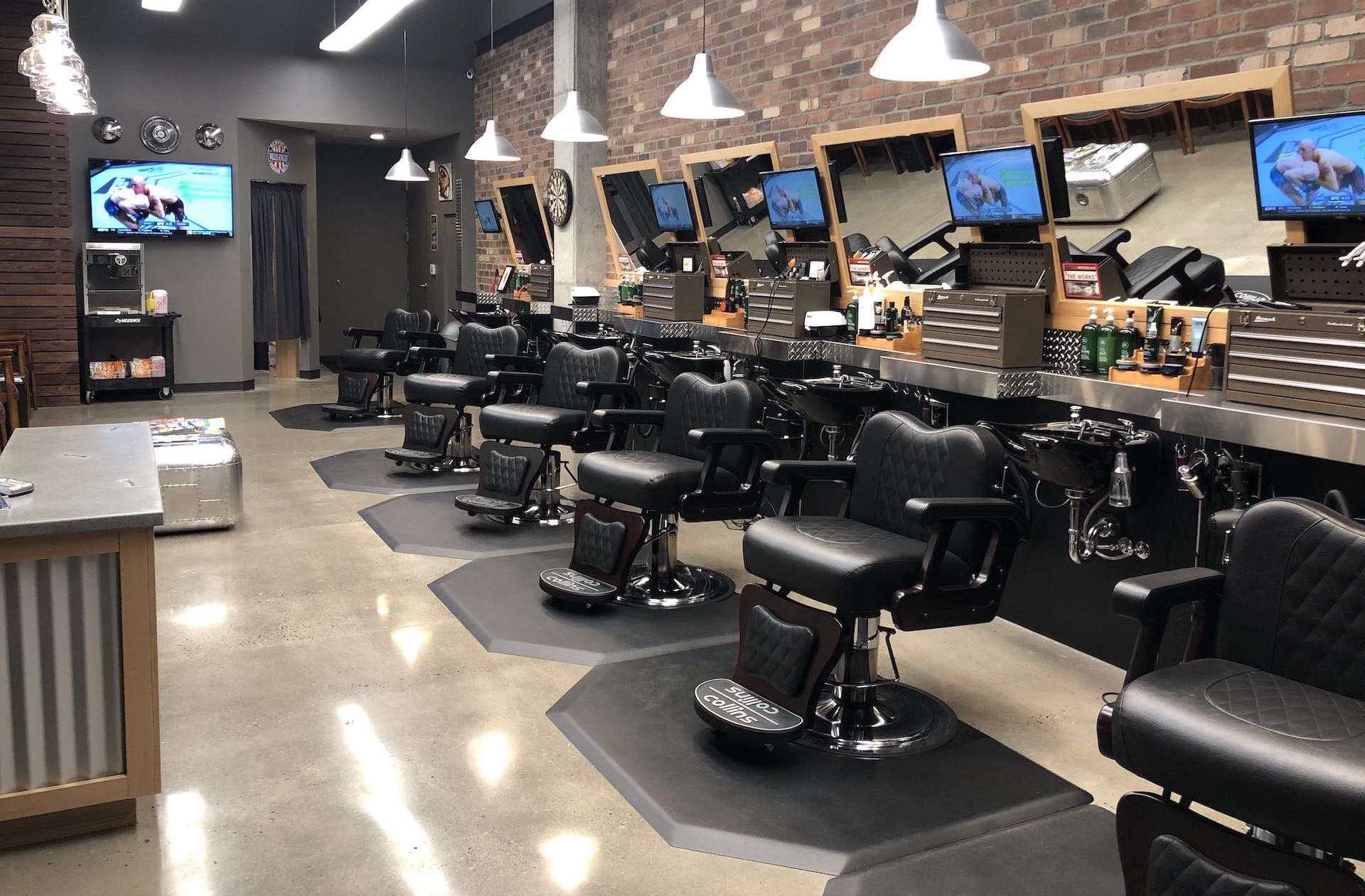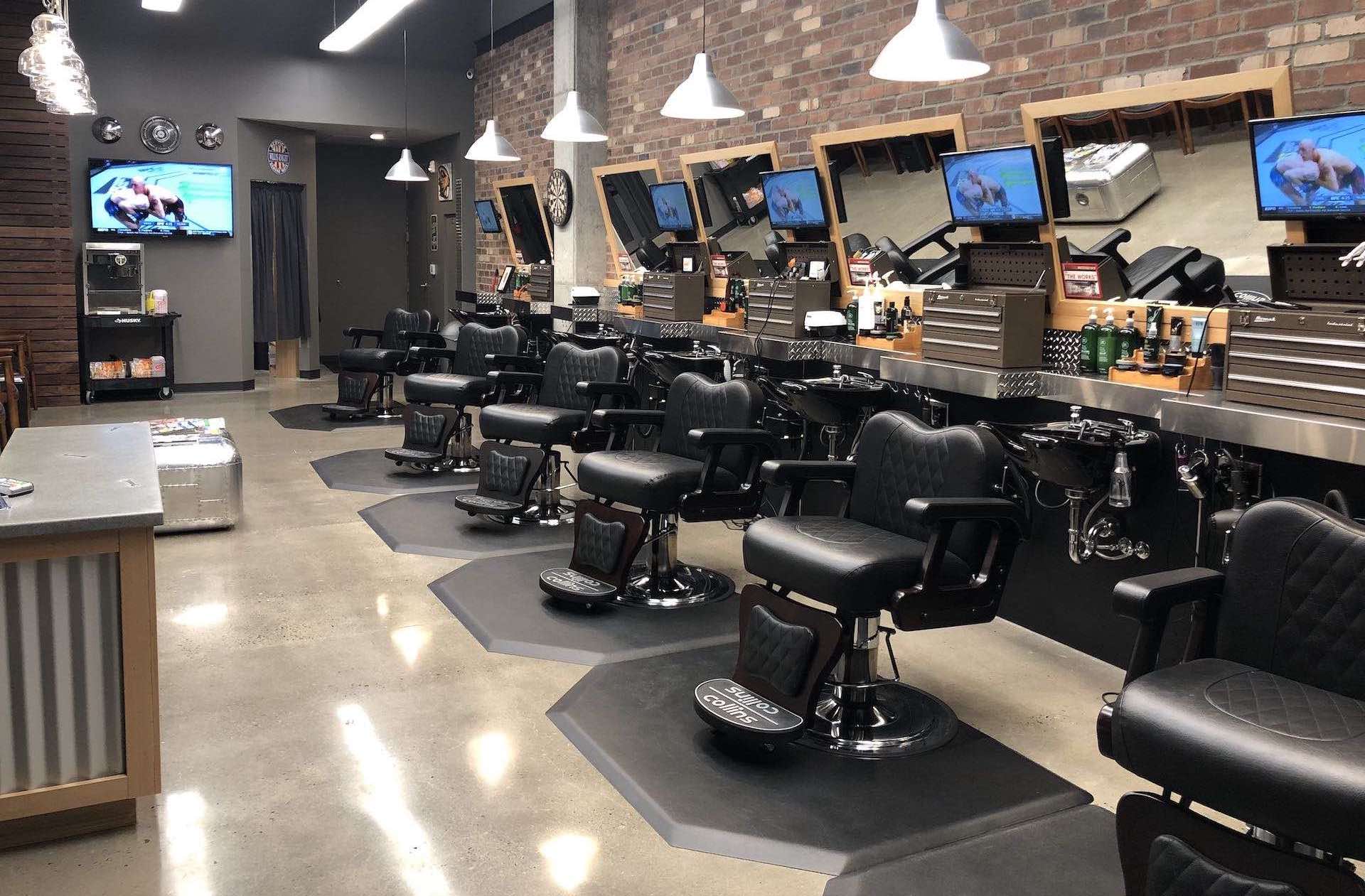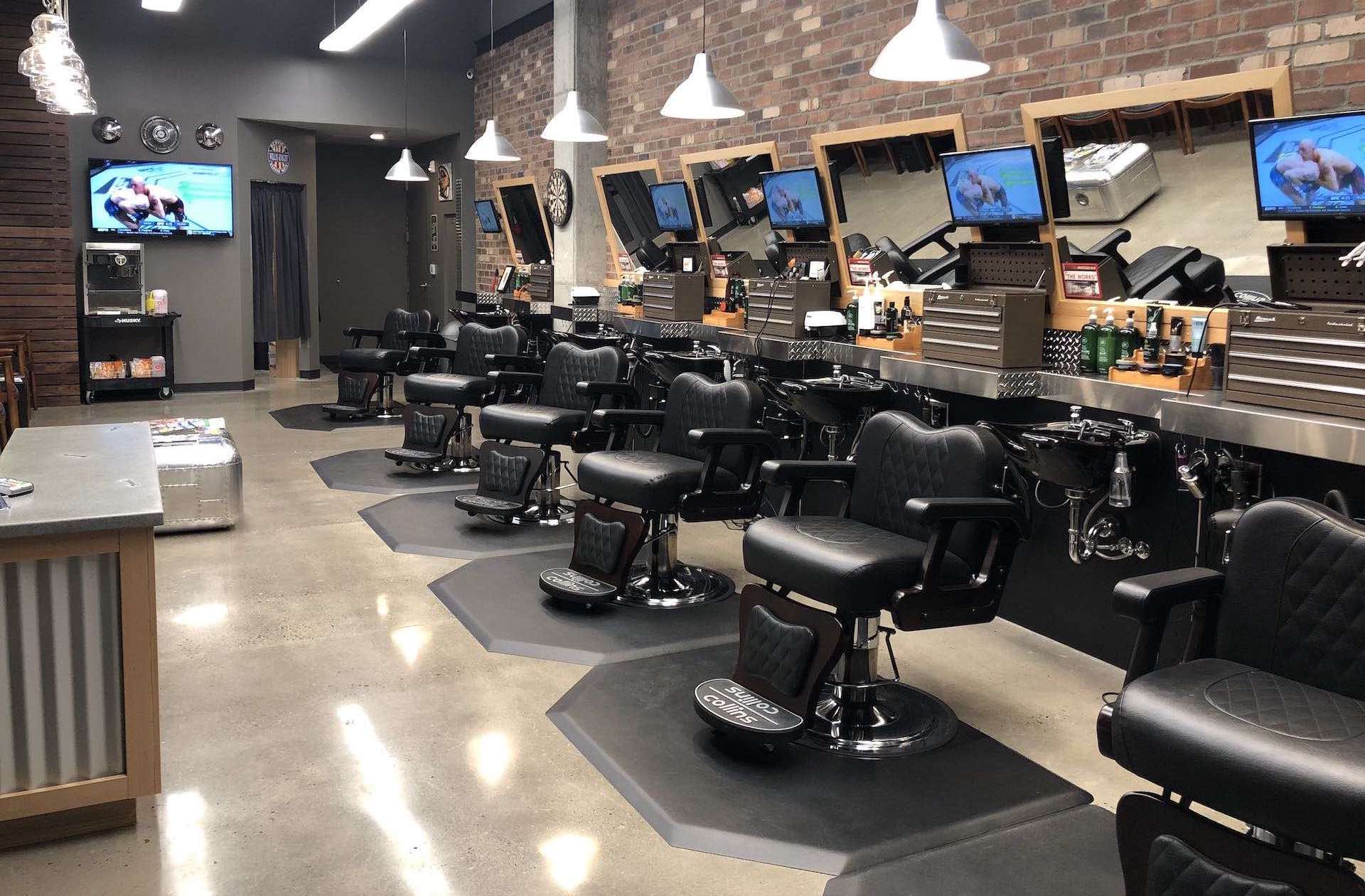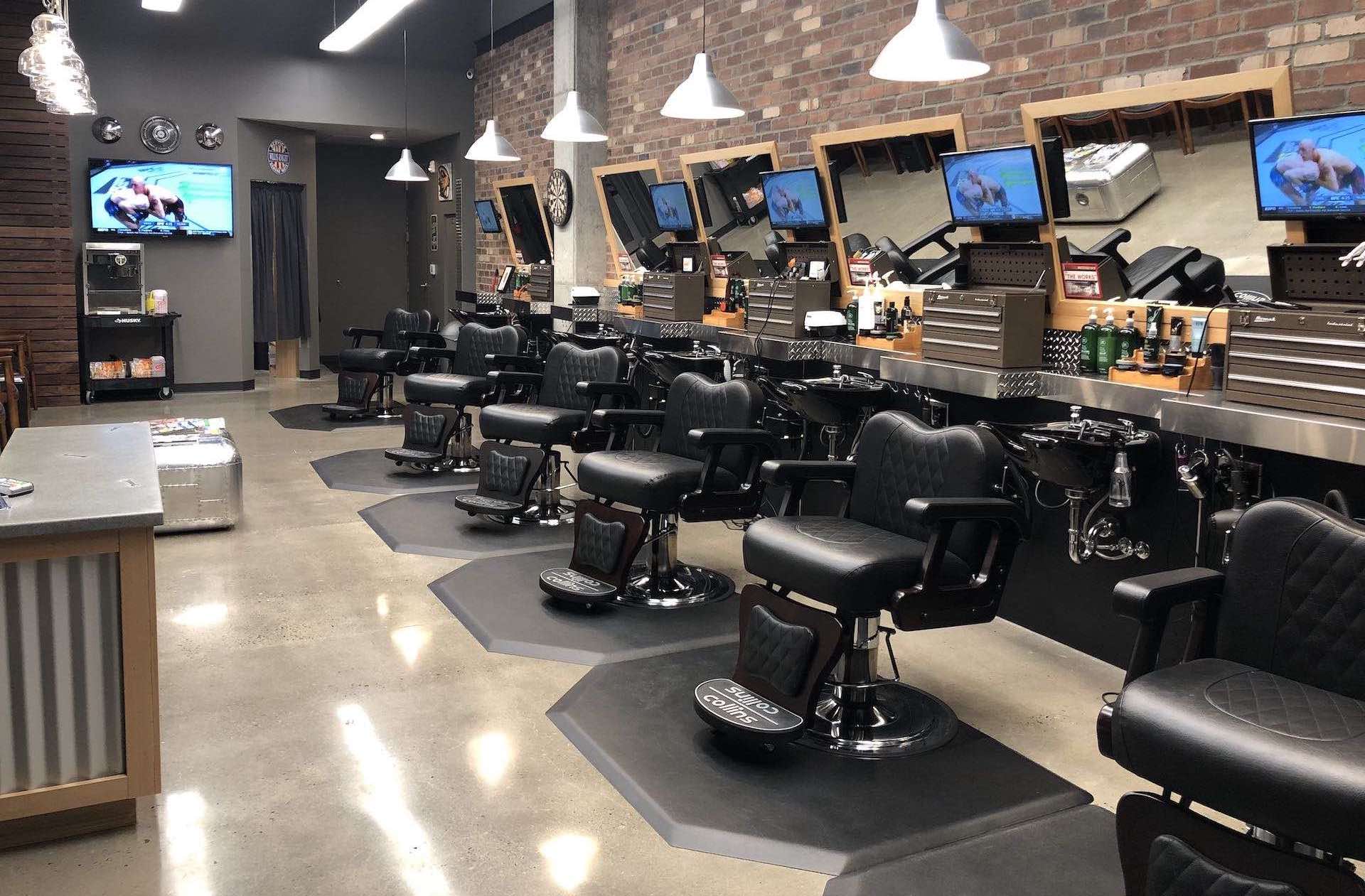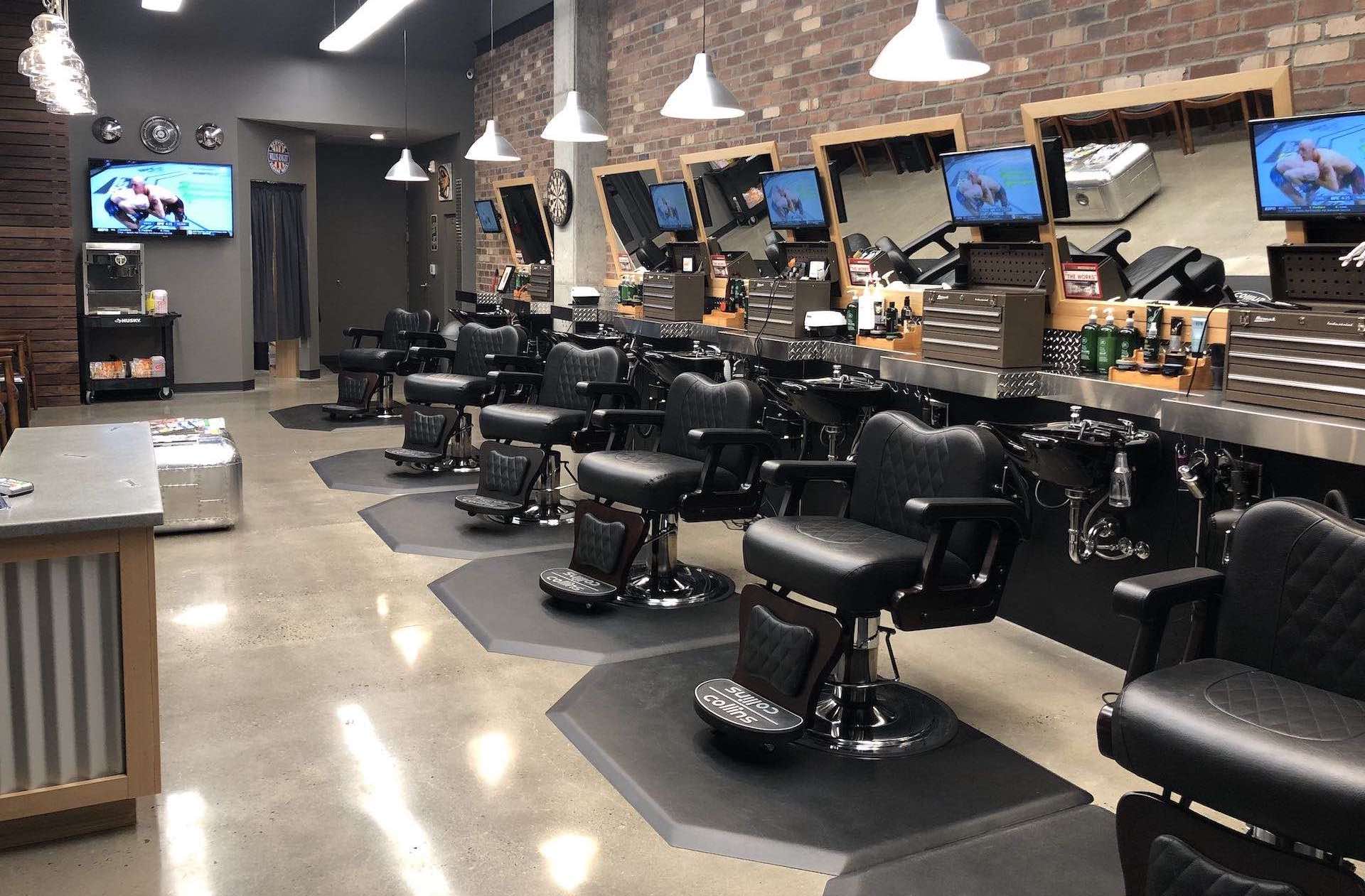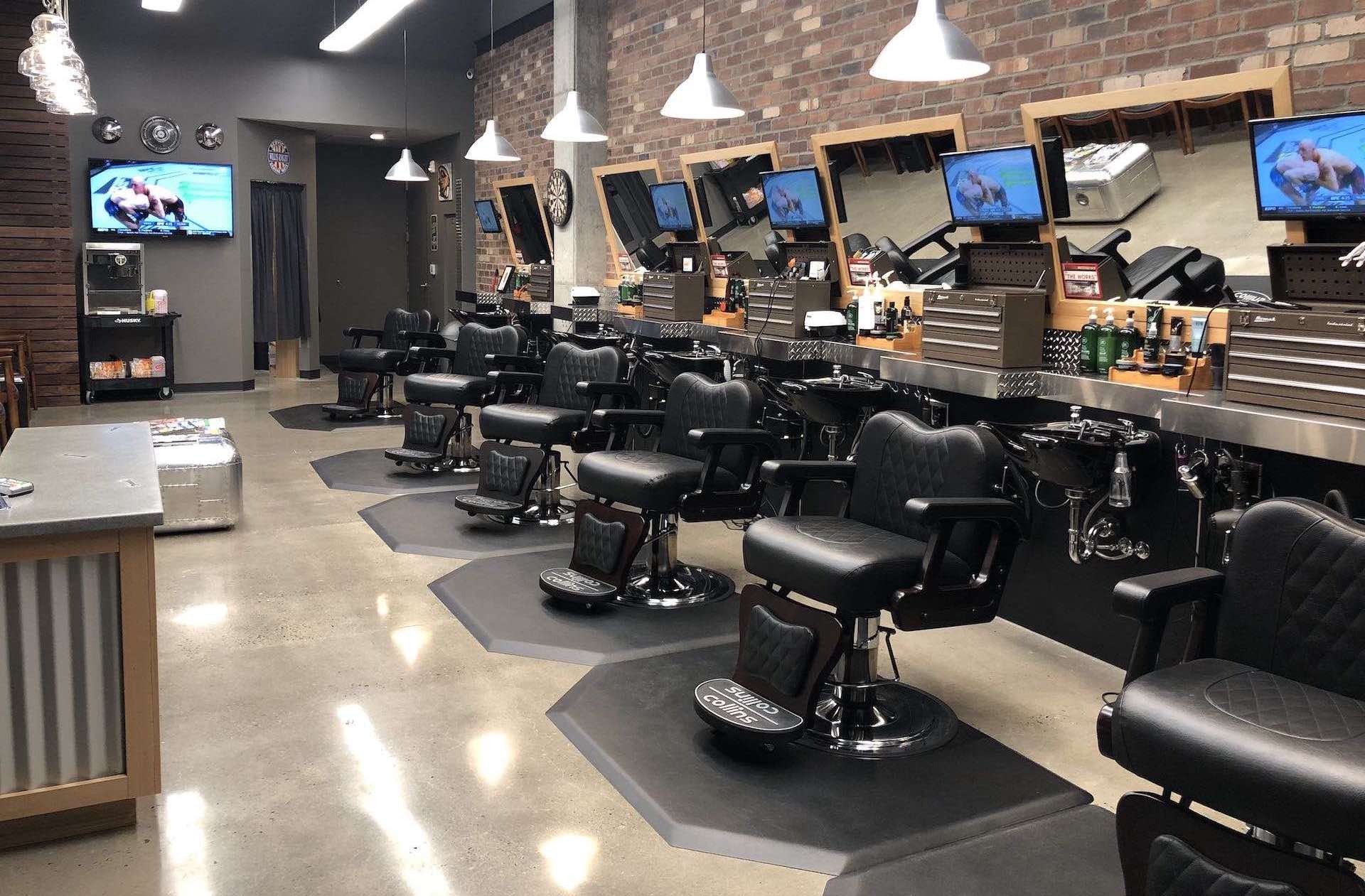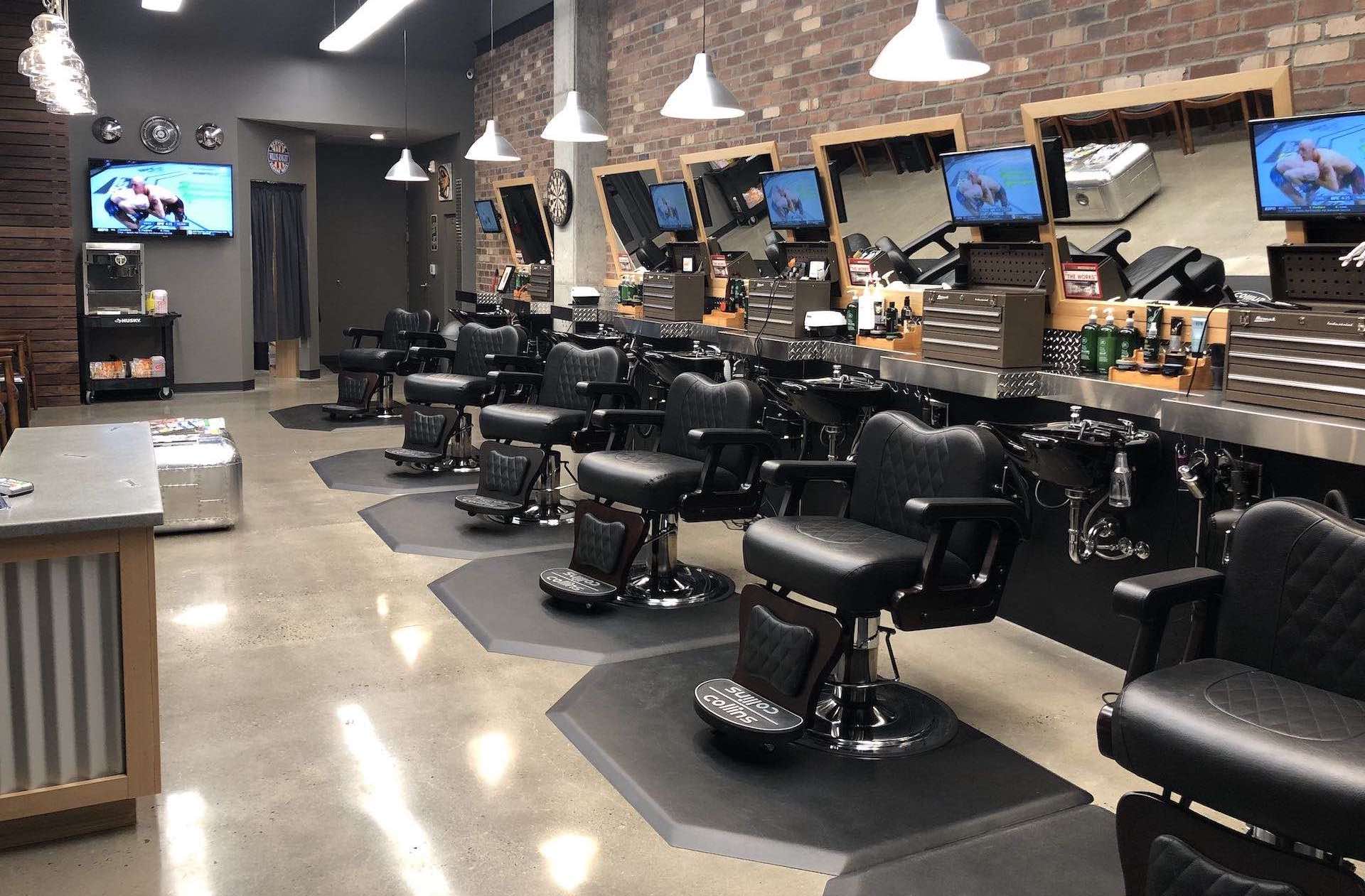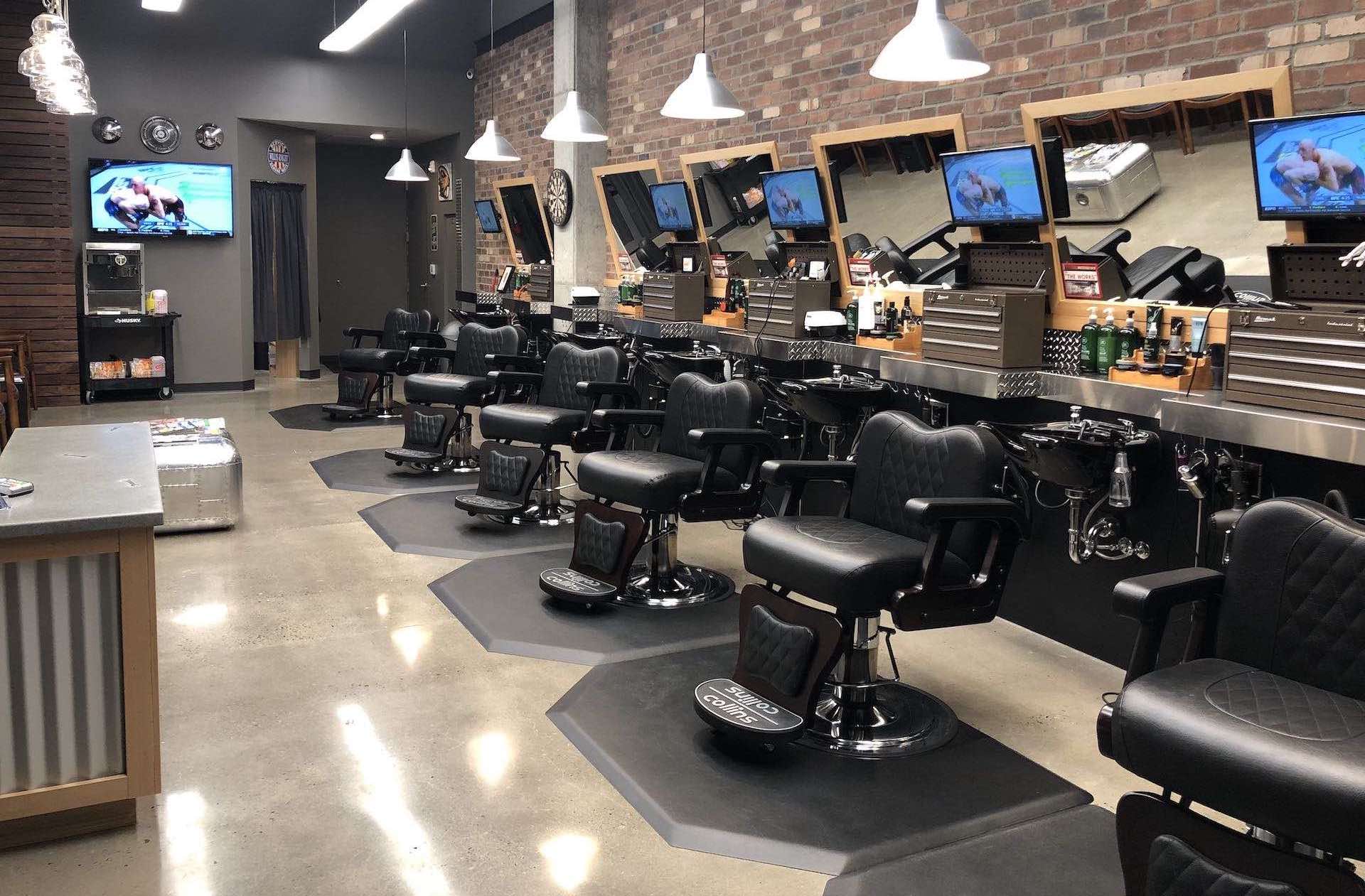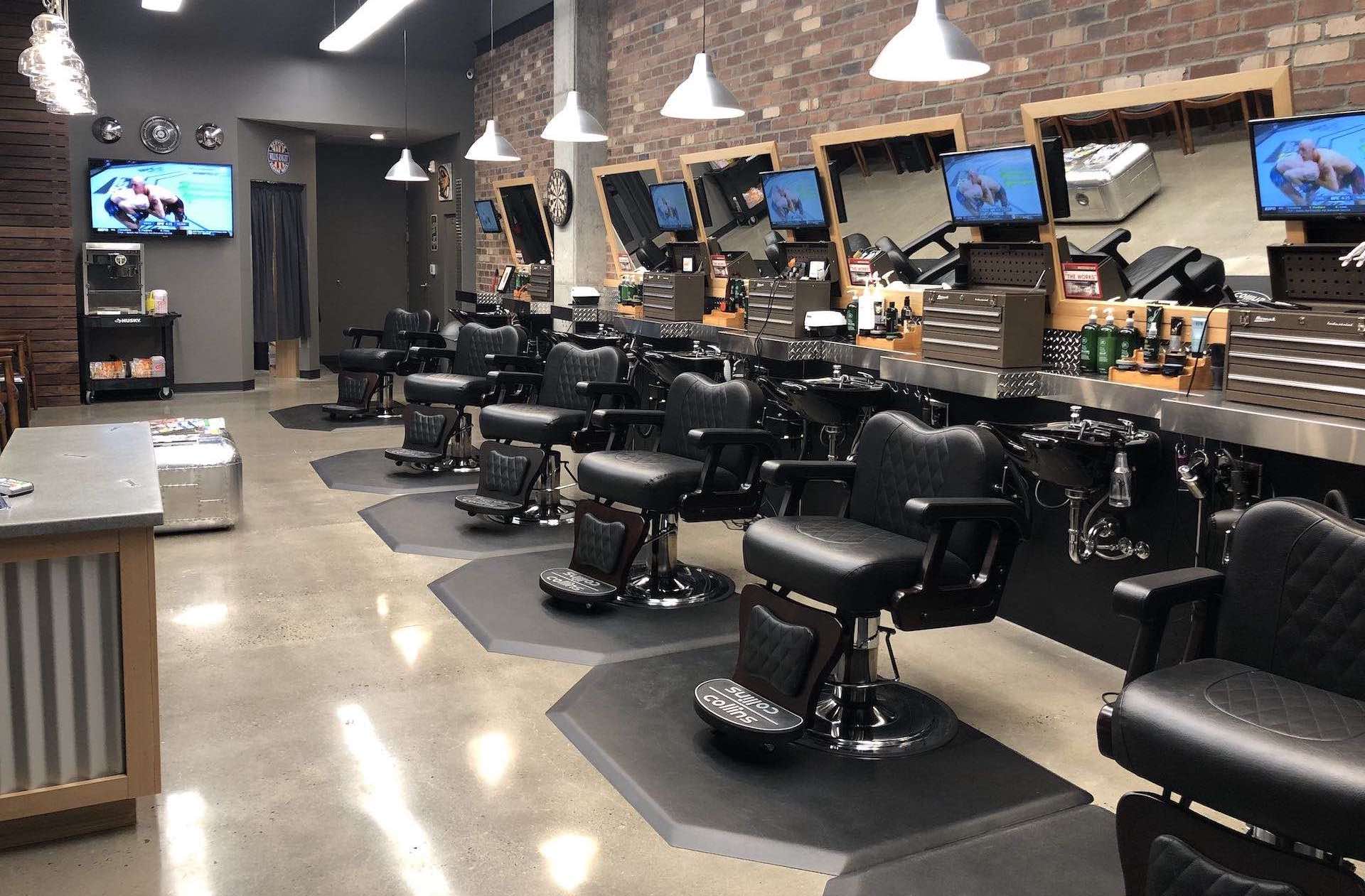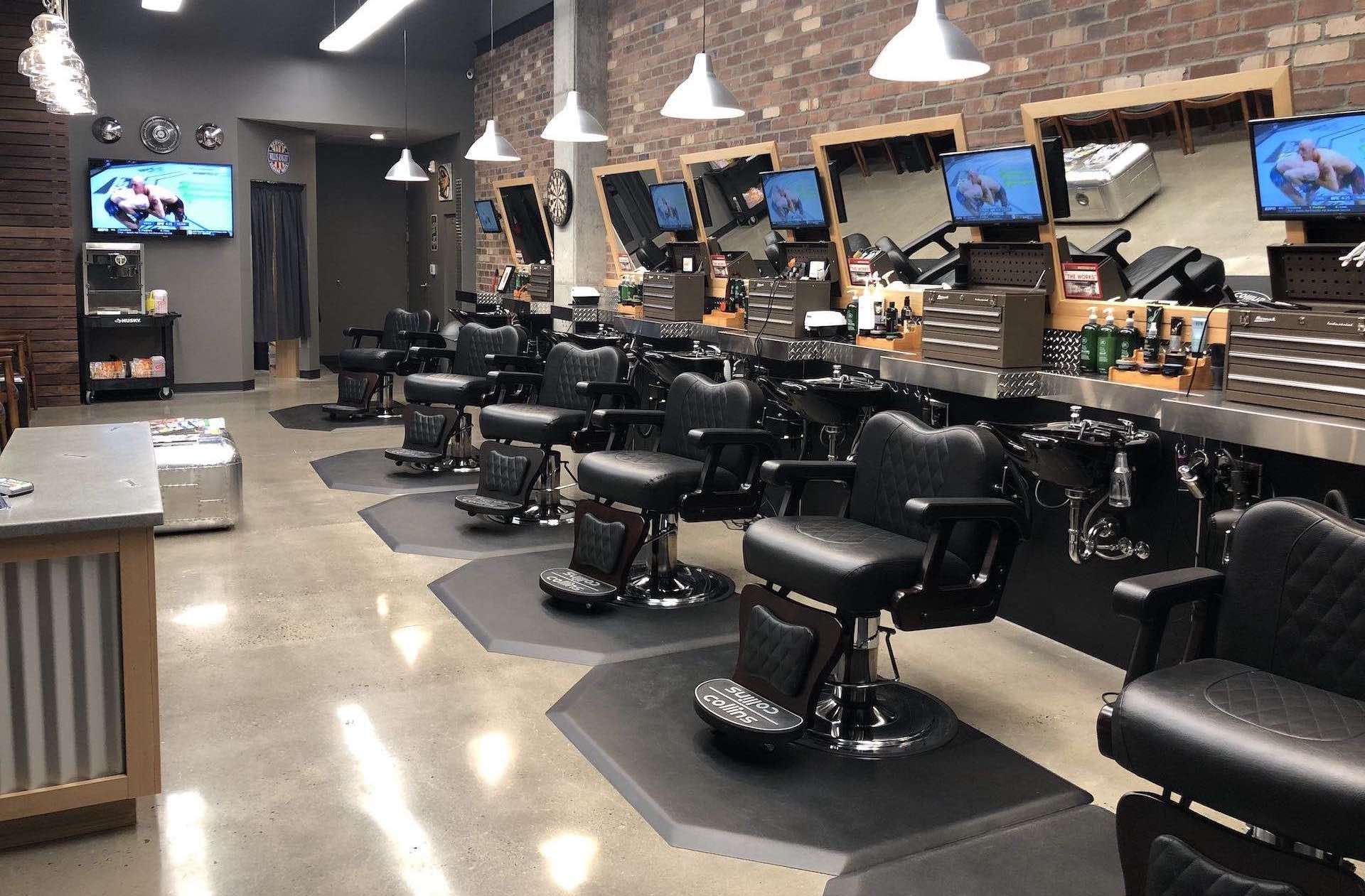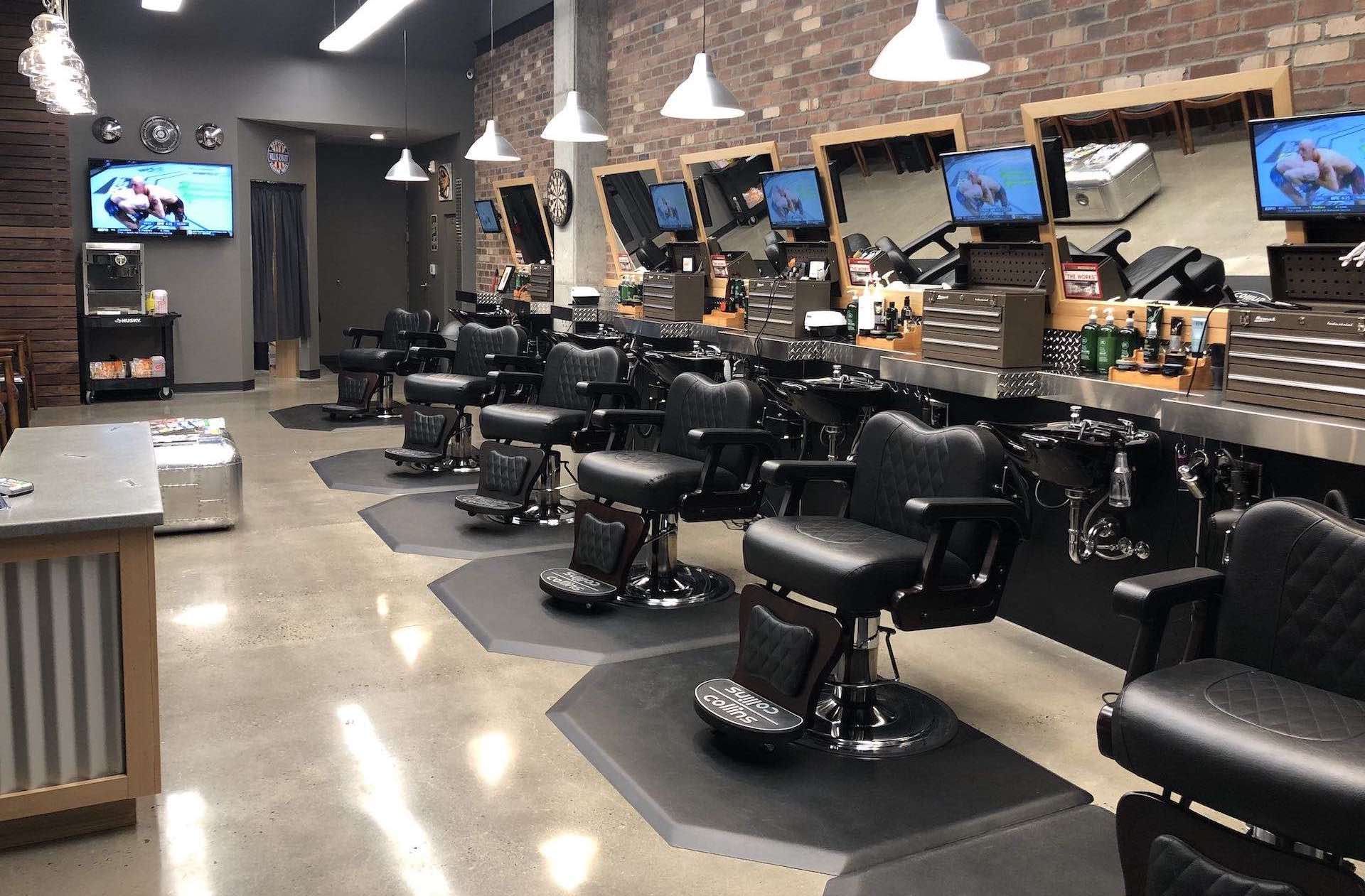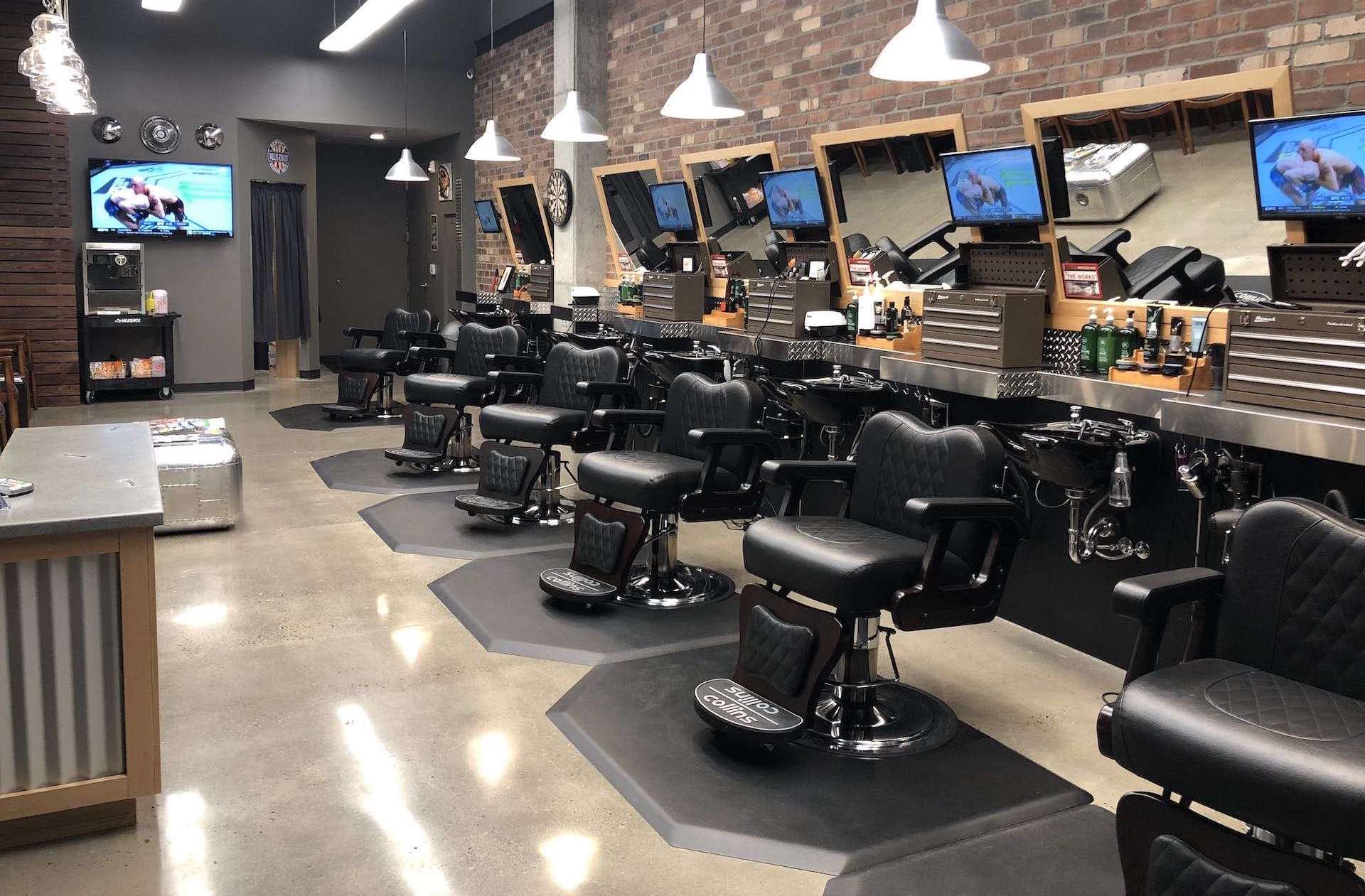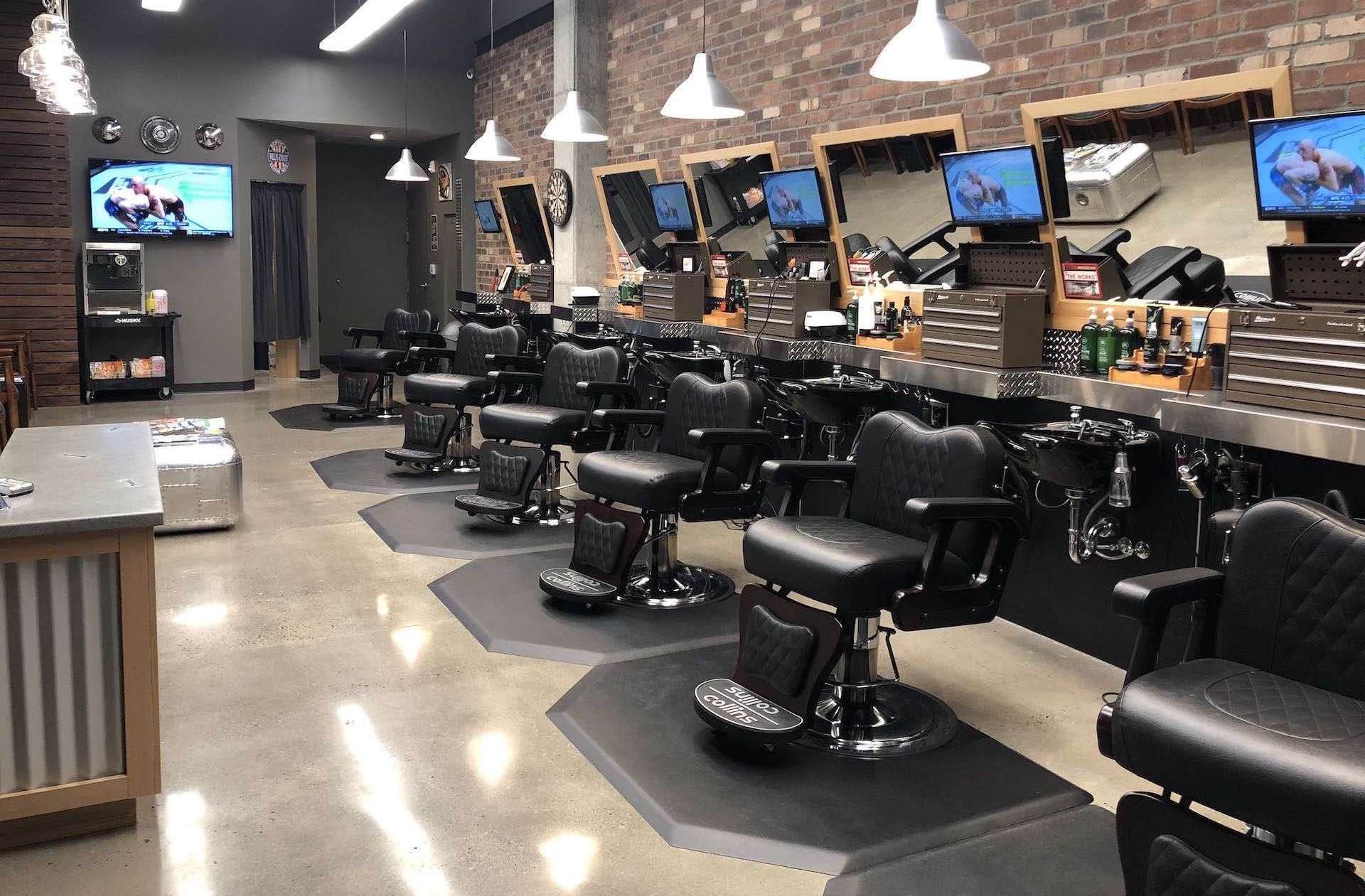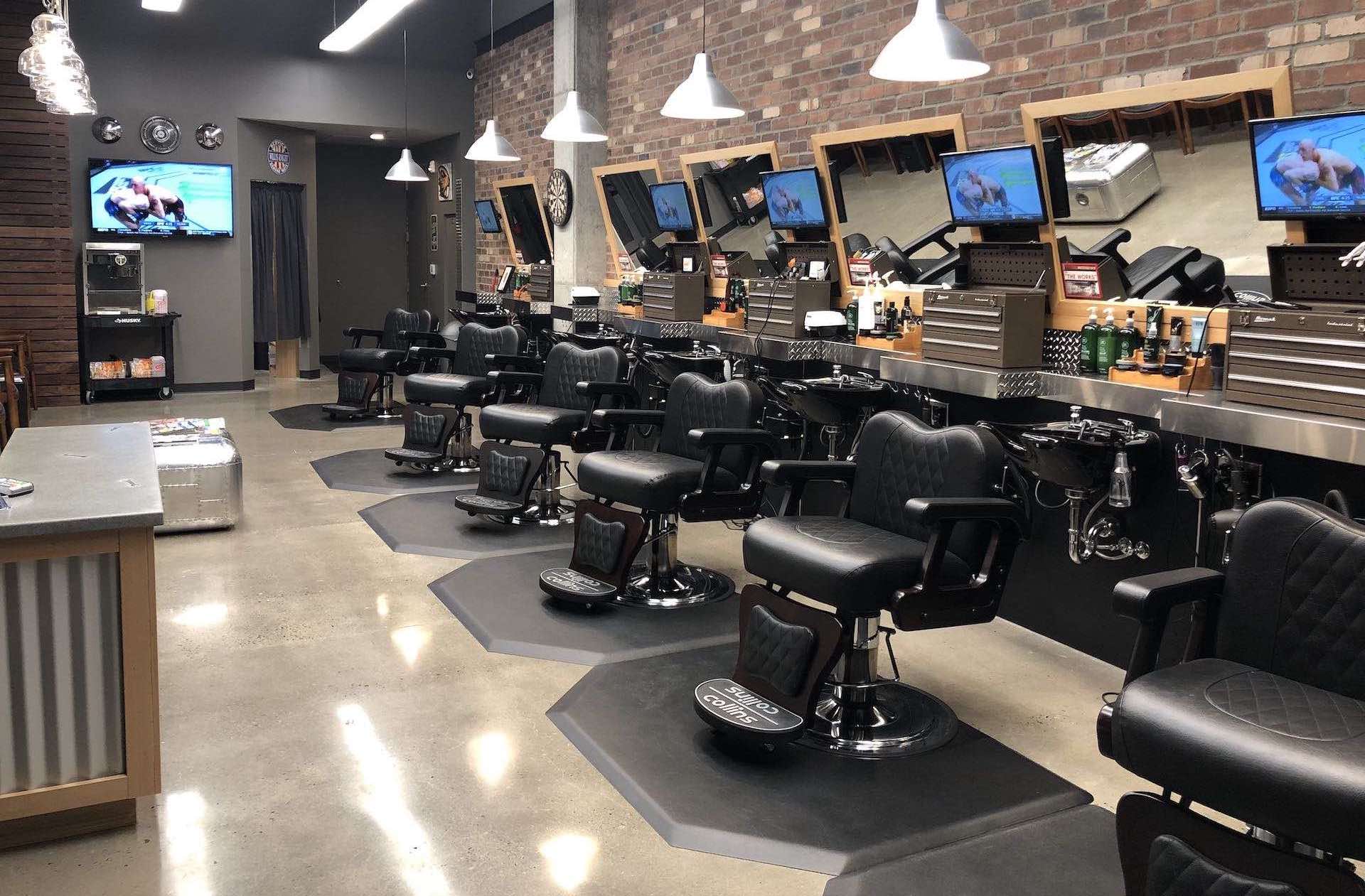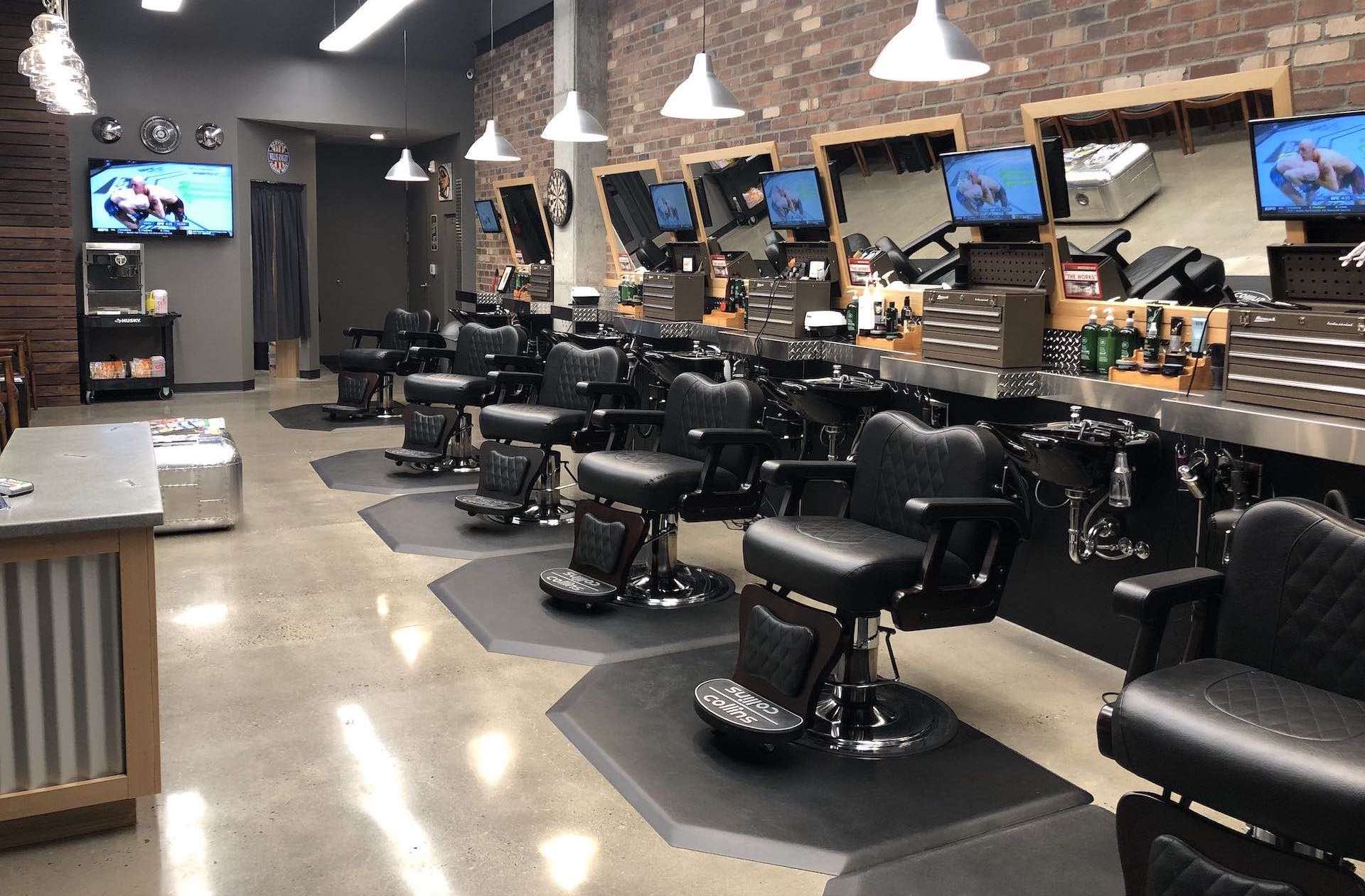Introduction
Running a barber shop involves unique risks that require specialized insurance coverage. From sharp tools and chemicals to customer interactions and property concerns, barber shop owners face distinct challenges that standard business insurance may not adequately address. This comprehensive guide explores the essential insurance coverages every barber shop needs to protect their business, employees, and customers.
Understanding Barber Shop Risks
Operational Risks
Barber shops face several operational hazards including cuts from sharp instruments, chemical burns from hair products, slip and fall accidents on wet floors, and potential allergic reactions to treatments. Equipment failure, theft of expensive tools, and fire damage from electrical equipment also pose significant threats to daily operations.
Professional Liability Concerns
Professional mistakes can result in customer injury or dissatisfaction, leading to compensation claims. Skin irritation from products, uneven cuts, or accidents during shaving services can all result in professional liability claims that could prove costly without proper coverage.
Property and Equipment Exposure
Barber shops contain valuable equipment including professional chairs, mirrors, clippers, and specialized tools. These assets are vulnerable to theft, vandalism, fire, and water damage, making property protection essential for business continuity.
Essential Insurance Coverages for Barber Shops
Public Liability Insurance
Public liability insurance protects against claims from customers who suffer injury or property damage while on your premises. This coverage is crucial for barber shops where customers are in close proximity to sharp tools and potentially hazardous chemicals.
Coverage typically includes customer injuries from slips, falls, cuts, or chemical reactions, damage to customer property, and legal defense costs. Most policies provide coverage from £1 million to £6 million, with £2 million being standard for most barber shops.
Professional Indemnity Insurance
Professional indemnity insurance covers claims arising from professional services provided by your barber shop. This includes allegations of negligence, errors in service delivery, or failure to meet professional standards.
Key protections include coverage for poor haircuts or styling, skin reactions to products, injuries during shaving services, and breach of confidentiality. This coverage also includes legal defense costs and can cover retrospective claims for work performed before the policy started.
Employers Liability Insurance
If you employ staff, employers liability insurance is legally required in the UK. This coverage protects against claims from employees who suffer injury or illness as a result of their work.
For barber shops, this includes protection against repetitive strain injuries from cutting and styling, cuts from sharp instruments, chemical exposure from hair products, and slips on wet floors. Coverage typically starts at £10 million as required by law.
Contents and Equipment Insurance
This coverage protects your business equipment, stock, and fixtures against theft, fire, flood, and vandalism. For barber shops, this includes professional chairs, mirrors, clippers, scissors, hair products, and cash registers.
Consider replacement cost coverage rather than actual cash value to ensure you can replace equipment with new items rather than depreciated values. Include coverage for equipment breakdown and loss of refrigeration if you store temperature-sensitive products.
Business Interruption Insurance
Business interruption insurance compensates for lost income when your barber shop cannot operate due to covered damage. This coverage helps pay ongoing expenses like rent, utilities, and staff wages while your business is closed for repairs.
Coverage can include loss of income, increased costs of working from temporary premises, and additional expenses to minimize business disruption. Consider coverage periods of 12-24 months to allow adequate time for full recovery.
Cyber Liability Insurance
Modern barber shops often use appointment booking systems, payment processing, and customer databases, creating cyber security risks. Cyber liability insurance protects against data breaches, system failures, and cyber attacks.
Coverage includes data breach response costs, customer notification expenses, credit monitoring services, and regulatory fines. As barber shops increasingly use digital systems, this coverage becomes more important.
Specialized Considerations for Barber Shops
Product Liability Coverage
Barber shops use various hair care products, shampoos, and styling chemicals that could cause adverse reactions. Product liability coverage protects against claims arising from products you sell or use in your services.
This is particularly important if you retail hair care products or use specialized treatments that could cause allergic reactions or skin irritation.
Key Person Insurance
If your barber shop relies heavily on specific skilled barbers, key person insurance can protect against the financial impact of losing essential staff members due to death or disability.
This coverage can help maintain business operations while searching for replacement staff and cover lost income during the transition period.
Treatment Risk Insurance
Some barber shops offer additional services like beard treatments, scalp massages, or specialized grooming services. Treatment risk insurance provides additional protection for these enhanced services.
Coverage can include allergic reactions to specialized products, injuries during treatments, and claims related to the effectiveness of treatments.
Factors Affecting Insurance Costs
Business Size and Location
Larger barber shops with more chairs and higher customer volume typically face higher premiums due to increased exposure. Location also matters, with urban areas often having higher rates due to increased theft and liability risks.
Services Offered
Basic haircut services carry lower risk than shops offering shaving, chemical treatments, or specialized grooming services. The range of services directly impacts premium calculations.
Claims History
Previous insurance claims significantly affect future premiums. Maintaining good safety practices and minimizing claims helps keep costs manageable.
Security Measures
Installing security systems, proper lighting, and anti-theft devices can reduce premiums by lowering the risk of theft and vandalism.
Staff Training and Qualifications
Well-trained, qualified staff with proper certifications can help reduce premiums by demonstrating professional competence and reduced risk exposure.
Risk Management Best Practices
Safety Protocols
Implement comprehensive safety procedures including proper tool sterilization, chemical handling protocols, and floor maintenance to prevent slips and falls. Regular safety training for all staff helps maintain high standards.
Equipment Maintenance
Regular maintenance of electrical equipment, chairs, and tools reduces the risk of accidents and equipment failure. Keep detailed maintenance records to demonstrate due diligence.
Customer Communication
Clear communication about services, potential risks, and aftercare instructions helps prevent misunderstandings and reduces professional liability exposure.
Documentation
Maintain detailed records of services provided, products used, and any customer concerns or incidents. Proper documentation supports your position in the event of a claim.
Staff Training
Regular training on safety procedures, customer service, and professional standards helps maintain quality service and reduces risk exposure.
Choosing the Right Insurance Provider
Industry Experience
Select insurers with specific experience in barber shop and beauty industry coverage. They better understand your unique risks and can provide more appropriate coverage options.
Coverage Flexibility
Look for insurers offering flexible coverage options that can be tailored to your specific services and risk profile. Avoid one-size-fits-all policies that may leave gaps in coverage.
Claims Handling
Research the insurer's claims handling reputation. Quick, fair claims resolution is crucial for business continuity when problems arise.
Premium Competitiveness
While cost is important, don't sacrifice essential coverage for lower premiums. Focus on value rather than just price when comparing options.
Additional Services
Some insurers offer risk management services, safety training, and business support that can add significant value beyond basic coverage.
Common Coverage Gaps to Avoid
Inadequate Liability Limits
Many barber shops underestimate their liability exposure. Ensure your coverage limits are adequate for potential claim sizes in your area.
Missing Professional Indemnity
Some business owners assume public liability covers all customer-related claims. Professional indemnity is essential for service-related issues.
Insufficient Contents Coverage
Regularly review and update contents coverage to reflect current equipment values and new purchases.
Cyber Security Oversights
Don't overlook cyber risks if you use digital appointment systems or store customer data electronically.
Business Interruption Underinsurance
Calculate realistic income replacement needs and ensure your business interruption coverage is adequate.
The Claims Process
Immediate Steps
When an incident occurs, ensure everyone's safety first, then document the scene with photos and witness statements. Notify your insurer as soon as possible, even for minor incidents that might develop into claims.
Documentation Requirements
Gather all relevant documentation including incident reports, medical records if applicable, repair estimates, and correspondence with affected parties.
Working with Adjusters
Cooperate fully with insurance adjusters while protecting your interests. Consider involving legal counsel for significant claims.
Business Continuity
Develop contingency plans for continuing operations during the claims process. This might include temporary premises or alternative service arrangements.
Regular Insurance Reviews
Annual Assessments
Review your insurance coverage annually to ensure it remains adequate as your business grows and changes. Consider new services, equipment additions, and changing risk exposures.
Market Comparisons
Periodically compare coverage and pricing with other insurers to ensure you're getting competitive value.
Coverage Updates
Update coverage limits and add new protections as your business evolves. Don't let coverage lag behind business growth.
Professional Advice
Consider working with an insurance broker who specializes in beauty and grooming businesses for expert guidance on coverage needs.
Conclusion
Comprehensive insurance protection is essential for barber shop success and longevity. The unique risks faced by grooming businesses require specialized coverage that goes beyond basic business insurance. By understanding your exposures, selecting appropriate coverages, and implementing strong risk management practices, you can protect your business, employees, and customers while focusing on providing excellent grooming services.
The investment in proper insurance coverage pays dividends through peace of mind and financial protection when unexpected events occur. Work with experienced insurance professionals to develop a coverage program that meets your specific needs and budget while providing comprehensive protection for your barber shop business.
Regular review and updates ensure your coverage remains adequate as your business grows and evolves. Don't let inadequate insurance put your barber shop at risk – invest in proper protection today.
Frequently Asked Questions
What is the minimum insurance coverage required for a barber shop?
At minimum, you'll need public liability insurance (typically £2 million) and employers liability insurance if you have staff (£10 million minimum required by law). Professional indemnity insurance is also highly recommended for service-related claims.
Does my barber shop insurance cover product liability?
This depends on your specific policy. Many public liability policies include some product liability coverage, but if you retail products or use specialized treatments, you may need additional product liability coverage.
How much does barber shop insurance typically cost?
Costs vary based on location, size, services offered, and coverage levels. Basic coverage for a small barber shop might start around £200-400 annually, while comprehensive coverage for larger operations could cost £1,000 or more per year.
Am I covered if I work from home or visit clients?
Standard barber shop policies typically cover your business premises. If you provide mobile services or work from home, you'll need to ensure your policy includes coverage for these activities or purchase additional coverage.
What should I do immediately after an incident in my barber shop?
Ensure everyone's safety first, provide necessary first aid, document the incident with photos and witness statements, and notify your insurance provider as soon as possible, even for minor incidents.
Does insurance cover damage to customer property?
Yes, public liability insurance typically covers damage to customer property that occurs as a result of your business operations, such as hair product staining clothing or accidental damage to personal items.
Can I get insurance if I've had previous claims?
Yes, though previous claims may affect your premium. Be honest about your claims history when applying, as non-disclosure could void your policy. Some insurers specialize in higher-risk businesses.
Is cyber insurance really necessary for a small barber shop?
If you use digital appointment systems, process card payments, or store customer data electronically, cyber insurance is increasingly important. Even small businesses can face significant costs from data breaches.
What's the difference between public liability and professional indemnity?
Public liability covers injury or property damage to third parties, while professional indemnity covers claims related to your professional services, such as poor haircuts or service failures.
How often should I review my insurance coverage?
Review your coverage annually or whenever you make significant changes to your business, such as adding new services, hiring staff, or purchasing expensive equipment.


 0330 127 2333
0330 127 2333
